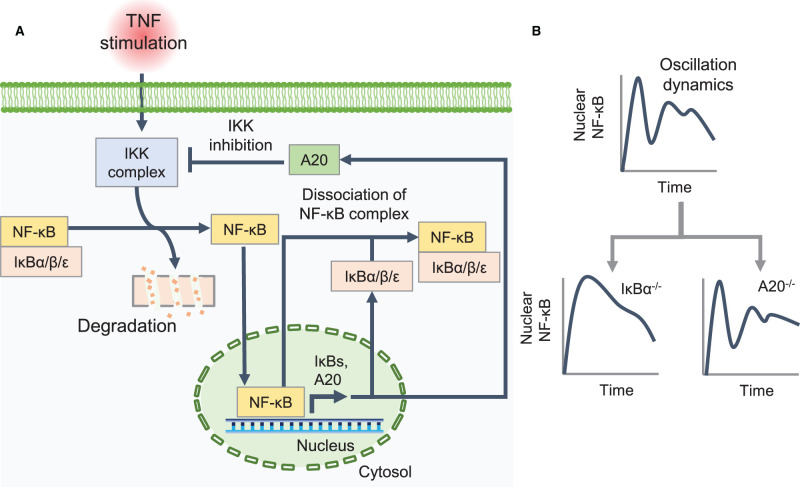Figure 4. Negative feedback mechanism in NF-κB dynamics.
(A) Upon inhibitor of κB (IκB) kinase (IKK) complex activation by tumor necrosis factor (TNF) stimulation, nuclear factor-κB (NF-κB) is released by IκBs (IκBα, IκBβ, and IκBε) and enters the nucleus. Along with the activation of inflammation-related genes, NF-κB induces IκBs and A20. When NF-κB is activated, IκBs are released from the NF-κB DNA-binding domain, and A20 suppresses IKK activation. IκBα, which rapidly transfers to the nucleus upon synthesis, is the primary component of this negative feedback and has the function of stripping NF-κB bound to DNA and transferring it to the cytoplasm. Due to this negative feedback system, NF-κB moves in and out of the nucleus, resulting in an oscillating behavior. (B) IKBA knockout abolishes NF-κB oscillations. By contrast, A20 mainly shapes the late NF-κB response rather than the initial response, and thus, knockout of TNFAIP3 does not directly affect NF-κB localization (adapted from [147]).

